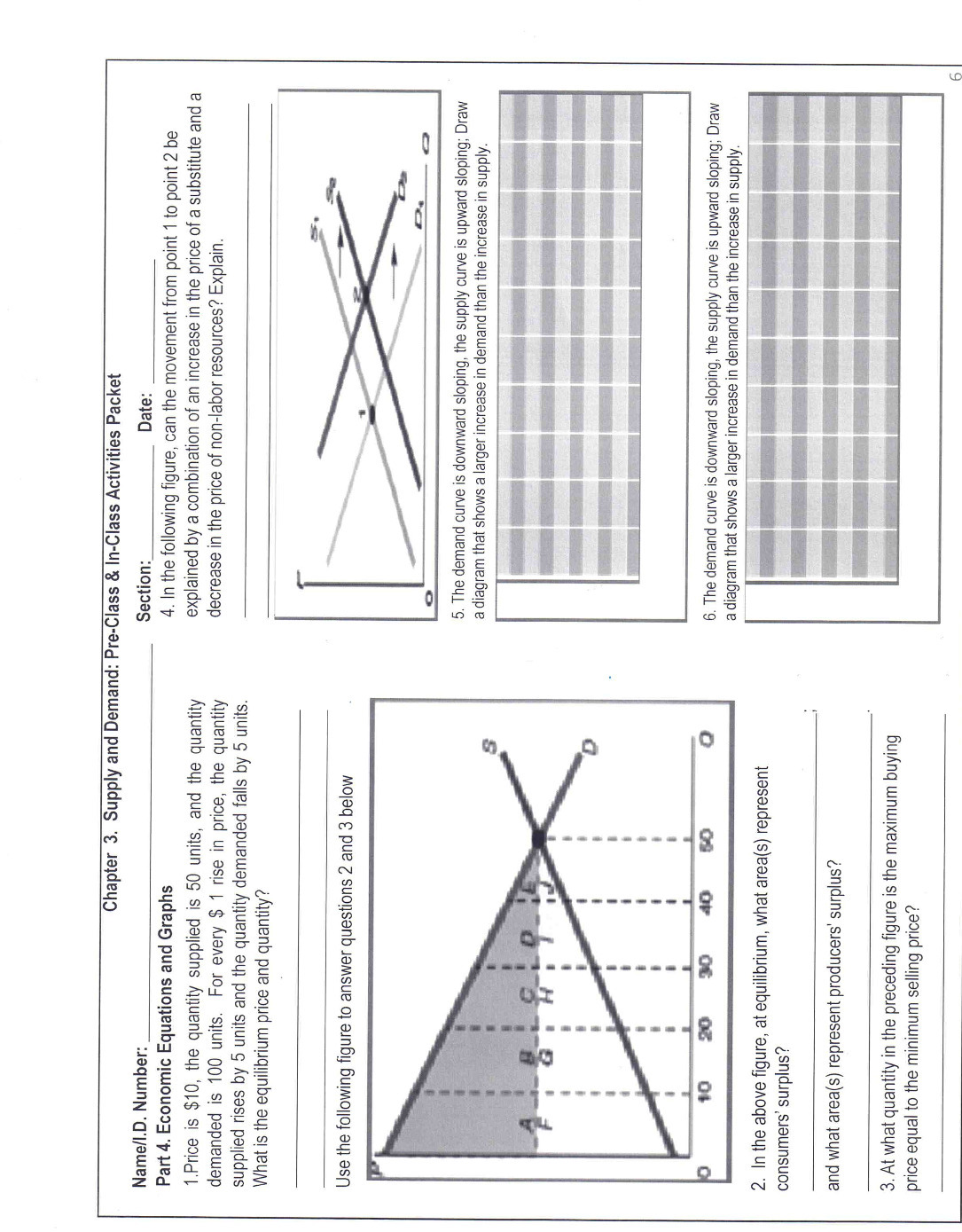Answered step by step
Verified Expert Solution
Question
1 Approved Answer
Chapter 3. Supply and Demand: Pre-Class & In-Class Activities Packet Name/I.D. Number: Section: Date: Part 4. Economic Equations and Graphs 4. In the following figure,

Step by Step Solution
There are 3 Steps involved in it
Step: 1

Get Instant Access to Expert-Tailored Solutions
See step-by-step solutions with expert insights and AI powered tools for academic success
Step: 2

Step: 3

Ace Your Homework with AI
Get the answers you need in no time with our AI-driven, step-by-step assistance
Get Started


